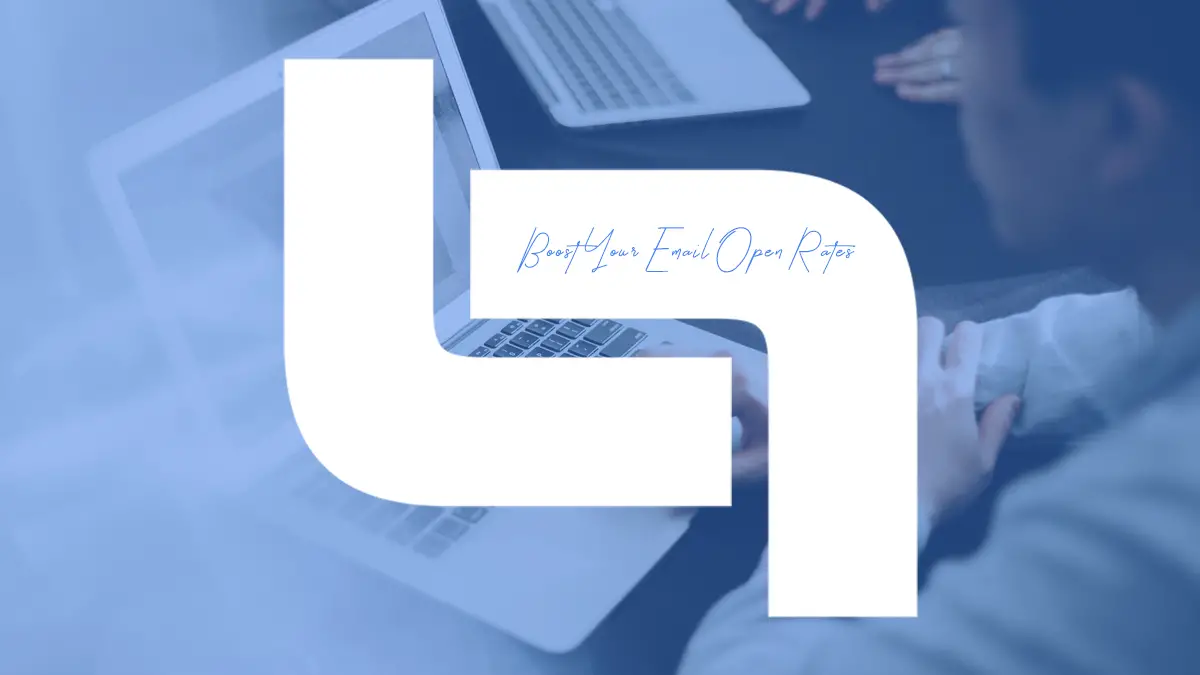Email marketing is an invaluable tool, allowing marketers to quickly and cost-effectively reach their most important customers. But having hundreds of campaigns open in our email inboxes can make it hard to stand out from the crowd. To pique the interest of potential customers and retain their attention, personalizing your message becomes key—after all, what better way to convey that you’re serious about engaging them than addressing them by name?
In this blog post, we’ll take a look at why personalization matters for email marketers, and how you can use it effectively to boost engagement and increase open rates. Let’s dive into the power of personalized emails!

What is Email Personalization and How Does It Work?
Email personalization is the process of using email marketing best practices to create email content that is customized for each individual email recipient. This could be anything from dynamic email content based on an email recipient’s previous engagement to simply personalizing email greetings to appear more friendly and appropriate.
Have you ever seen someone playing online poker for real money? Just as skilled poker player carefully considers their hand and makes strategic decisions, effective email marketer must analyze their audience, craft compelling messaging, and optimize their campaigns based on data and insights. In both cases, success depends on having a clear plan and executing it with precision.
Utilizing personalized email templates that incorporate customer data, demographics, and other information helps marketers target individuals with personalized emails to offer a better experience. Implementing email personalization can dramatically improve open rates and click-through rates due to increased relevance and timely connection with customers, leading to improved ROI on email campaigns.
Personalization Strategies to Increase Your Email Open Rates
If you’re looking to increase your email open rates, personalization is the way to go! Your readers want to know that you took the time and effort to create a message specifically for them. By segmenting your lists, you can craft subject lines that are directly tailored to each recipient’s interests and needs. This could involve including someone’s name in the subject line or referencing recent content they interact with.
When executed correctly, this tactic not only boosts readers’ engagement but also leads to higher open rates. Overall, by being creative and taking an individual approach with subject lines and messages, you increase your chances of building relationships with customers that lead to successful outcomes.
Use automation to personalize your email content.
Email automation tools are incredibly useful for online marketers and email-savvy businesses, allowing them to quickly send out curated content tailored perfectly to their readers. Email automation is often the best way to reach customers in a timely and effective manner, as it allows marketers to send content versus specific customer profiles in bulk.
Depending on the email automation service you use, you can craft email campaigns that are focused around particular user segments, produce A/B testing results, or even automate triggered email responses based on customer behaviors—making email automation the perfect tool for personalizing messages at scale.
When choosing which email automation is best for your marketing needs, evaluate overall cost, capabilities, support services, and integration with other software your team may be using.
Segmenting Your Contact Lists for More Effective Messaging
Segmenting your contact lists is a powerful way to improve the effectiveness of your email marketing campaigns. According to a study by Mailchimp, segmented email campaigns have an open rate that is 51.64% higher than non-segmented campaigns. By dividing your contact list into smaller groups based on demographics, behavior, or preferences, you can tailor your messaging to each group’s interests and needs.
Some effective segmentation methods include using data from past purchases, website activity, and email engagement. With the right segmentation strategy, you can deliver more targeted and personalized messages, resulting in higher engagement, click-through rates, and ultimately, more conversions.

Getting Creative with Personalized Content Ideas
Personalized content can really liven up your content marketing strategy! Whether it’s using language that resonates with customers or tailoring content for certain audiences, personalized content adds flare and humanizes your marketing efforts.
That doesn’t mean you should be overly promotional-you want to ensure the content provides value first and foremost. Start by looking at customer reviews and feedback to see what they are interested in talking about; this could give ideas for blog topics or other pieces of written audio, or video content. Crafting a narrative around personal experiences or a passion related to your industry can go a long way toward engaging audiences.
Similarly, brainstorming creative visuals like infographics or engaging videos can make the content even more engaging and shareable. Take creative risks as an opportunity to stand out from competitors, as long as they make sense within the context of your brand identity.
Integrating Other Digital Channels in Your Email Campaigns
Email campaigns can be one of the most effective ways to communicate with customers and potential customers, but integrating other online platforms into your messaging approach can help expand your reach and make sure your content is seen by larger audiences.
Cross-platform promotion can help you get more out of your email campaigns by tapping into social media networks, such as Twitter, blogging sites, and other websites to deliver your message to a larger and more diverse set of customers.
When creating an email campaign, it’s important to think about how different digital channels interact with each other so you don’t miss any opportunities for boosting your visibility online. Incorporating various digital outlets into your marketing plan is an important step in expanding the influence of every email-based campaign you deploy.

